
In early May, I was in Washington, D.C., with a group of electric cooperative leaders to discuss the challenges facing our utilities. In every conversation, supply chain concerns were discussed. It’s a common phrase we’re hearing this year: shortages of computer chips, building materials, car parts and more. It impacts all of us to varying degrees. Most often, it usually means just having to wait a few days — or weeks — for needed items.
However, there is one commodity that is a major concern for electric utilities across the country: distribution transformers.
“What is a distribution transformer?” you may ask. When you look outside your home or business, you’ll likely see a large, round “can” hanging on a utility pole. Or you might see a square metal box on the ground somewhere near your home. These devices take very high voltage electricity, usually 7,200 to 14,000 volts, from distribution wires and convert (transform) that electricity down to 240 volts so that it can be safely used in your home.
Every home, farm and business in Tennessee depends on transformers for the reliable and safe delivery of energy.
During one of our meetings, a co‑op CEO said that his utility had four pad‑mount transformers in stock at its warehouse. He would normally have more than 200 available.
These shortages have delayed new home construction as utilities have tried to manage the shortage. But our bigger fear is that a major storm such as a hurricane could cause so much destruction that the shortage becomes critical and impacts businesses and the normalcy of our daily lives.
Electric co‑ops have been sounding the alarm for some time, and we are making progress.
In June, President Joe Biden invoked the Defense Production Act to help address the problem. This action should help shorten lead times for supplies of electric transformers, and it is a much‑needed step to support reliability and resilience.
Additionally, in June U.S. Sen. Bill Hagerty — after hearing our concerns — met with Arkansas and Tennessee co‑op leaders at the ERMCO distribution transformer manufacturing plant in Dyersburg to discuss global supply chain disruptions, labor shortages and critical infrastructure.
ERMCO produces nearly 400,000 distribution transformers each year. Its 1,700‑person team is working hard to increase production to help alleviate the supply chain constraints, but, like other manufacturers, global supply issues and labor shortages have created challenges for ERMCO to meet skyrocketing demand for its products.
“Demand is simply outpacing our ability to manufacture transformers,” says Tim Mills, president and CEO of ERMCO. “2020 and 2021 were both record years in terms of production, but we are turning away about 40 percent of our orders because we don’t have the capacity to fulfill them.”
“Labor is our greatest need,” says Jeff Hammons, ERMCO chief operating officer. “We have 70 unfilled positions on our production line now. We have space to add additional lines, but we are not confident that we can find qualified labor to run them.”
During his visit, Sen. Hagerty toured the ERMCO facility and participated in an extended conversation about supply chain issues and their impact on the power grid.
“As was made strikingly clear by my visit to ERMCO, stable supply chains are key to secure critical infrastructure, including electric distribution,” says Sen. Hagerty. “The gravity of the supply chain-electric distribution relationship affirms the need for legislative solutions that address today’s supply chain crisis and prevent new disruptions going forward.”
We appreciate the efforts of the Biden administration and legislators like Sen. Hagerty who are working with us to develop meaningful solutions.
We are also grateful for the efforts of ERMCO and other partners, suppliers and vendors.
So far, Tennessee’s electric co-ops have navigated these supply chain disruptions with limited impact to our consumers. We’ll continue to seek out real solutions to these and other issues impacting our economy and industry.
Regardless of the challenges we face, it remains our goal to ensure that the lights come on when you flip the switch.
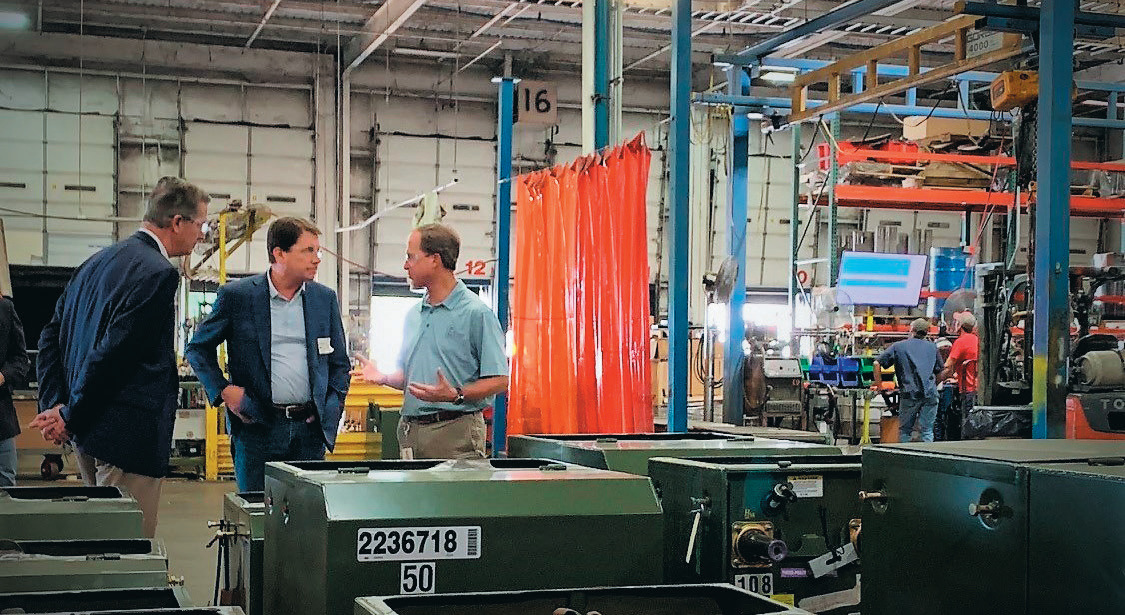
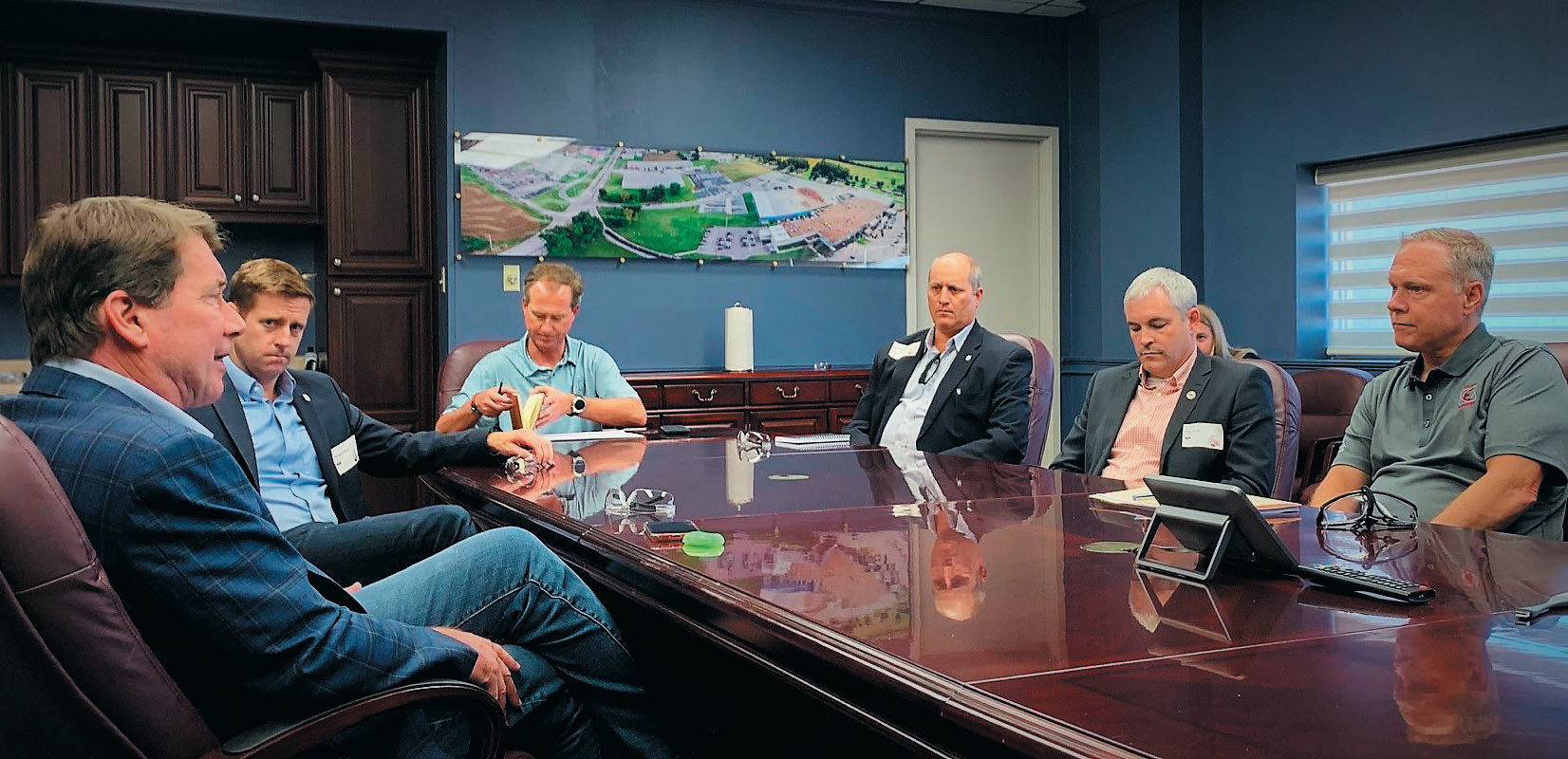
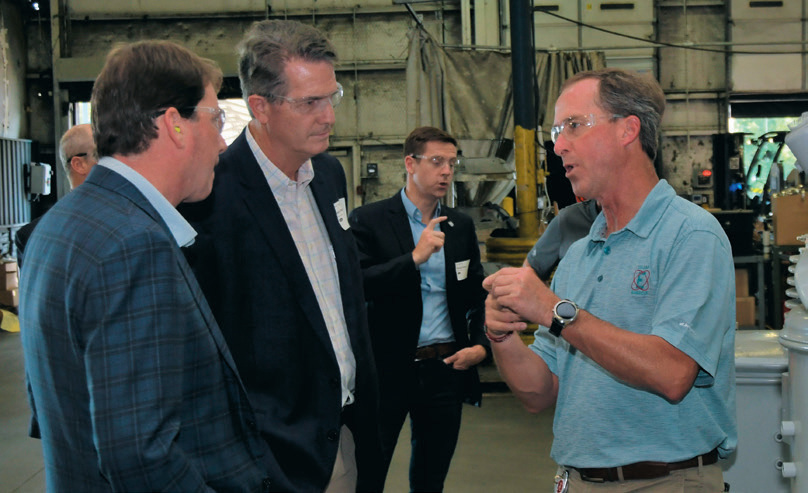



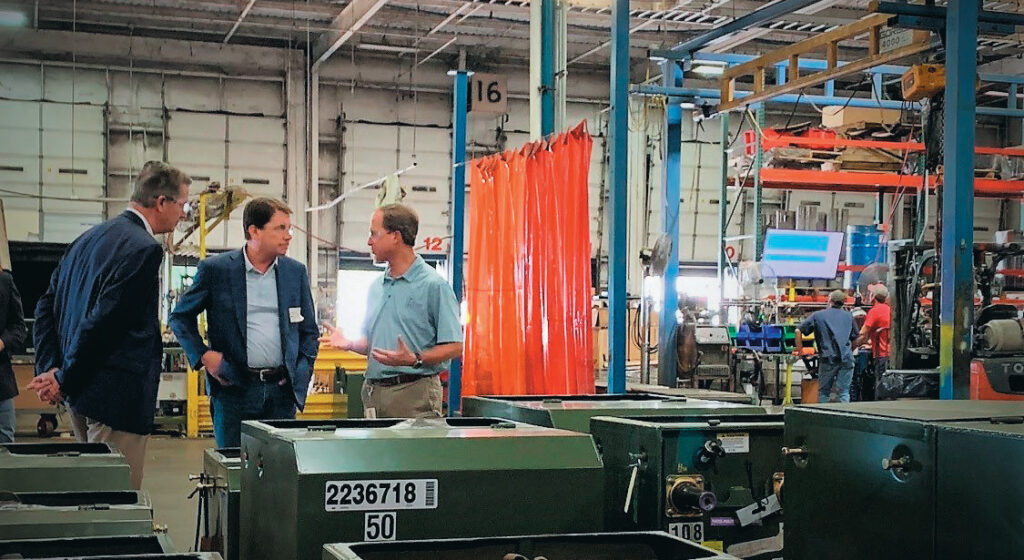
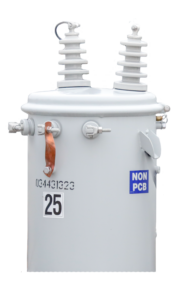 Power behind the power
Power behind the power